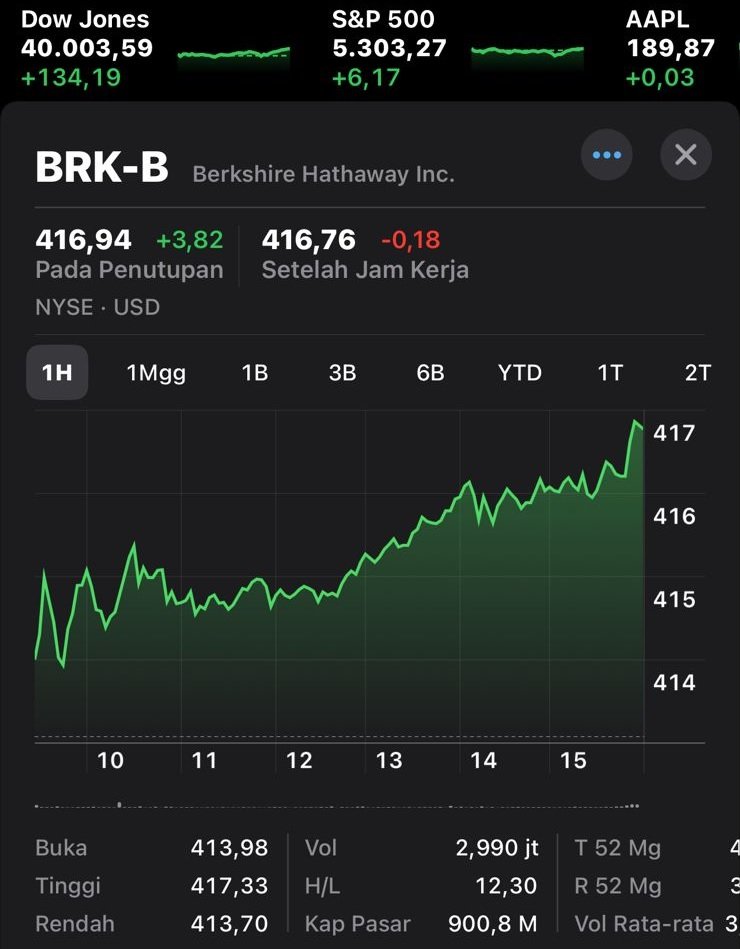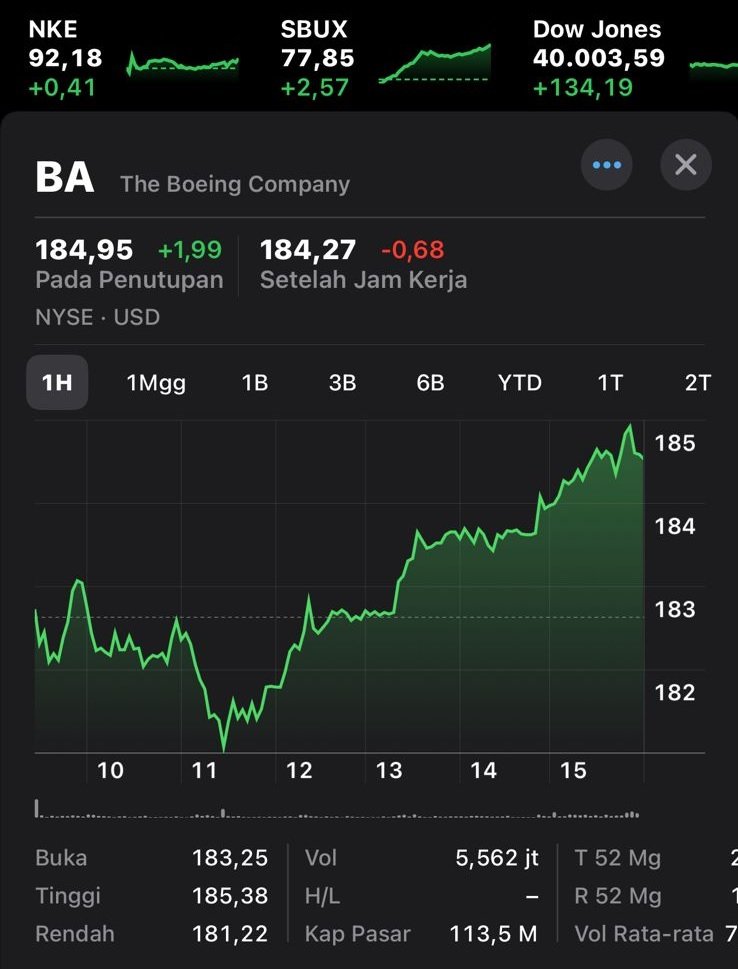India, a country known for its rich cultural heritage and huge population, has always been a country with enormous economic potential. However, it was only after Prime Minister Narendra Modi came to power that the country witnessed a paradigm shift in a thriving economic environment. With the visionary policies and strategic initiatives of Prime Minister Modi known as “Modinomics”, which is a comprehensive plan to transform India into a major economic power in the world.
When Narendra Modi took office as Prime Minister of India in 2014, his Government inherited an economy grappling with acute problems such as high inflation, fiscal deficits and slow economic growth. However, instead of giving in to these obstacles, PM Modi sees these problems as opportunities for transformation. Modi realized that to unlock India’s true potential, India needed to carry out structural reforms and create a conducive environment for the country’s business and investment world.
Under Modinomics, the Indian government launched several major initiatives aimed at strengthening the economy. One of the most significant steps is the implementation of the Goods and Services Tax (GST), which replaces various complicated indirect tax rules and this regulation is able to simplify the tax system. This step not only simplifies the process for the business sector but also improves business tax compliance, resulting in increased tax revenue collection.
Main Pillars of Modinomics.
Modinomics relies on four main pillars that are the foundation of India’s economic transformation, namely: fiscal prudence, ease of doing business, infrastructure development, and social inclusion.
1. Fiscal prudence.
Fiscal prudence includes policies to maintain fiscal discipline by controlling spending and rationalizing subsidies. The Indian government has taken steps to reduce the fiscal deficit and encourage responsible spending. This approach not only increases investor confidence in India’s business environment, but also provides scope for the Indian government to allocate state resources to critical sectors such as healthcare, education and infrastructure.
2. Ease of doing business.
To improve ease of doing business, the Modi government has implemented reforms to simplify procedures, reduce bureaucracy and promote transparency in business. Initiatives such as the introduction of online portals for company registration and digitization of Indian government services have made it easier for entrepreneurs in the country to start and run their businesses. These efforts to provide ease of doing business have significantly improved India’s ranking in the World Bank’s Ease of Doing Business Index.
3. Infrastructure development.
Infrastructure development is another important aspect of Modinomics which is the model of the Modi government. The government is focused on improving the connectivity of Indian society through the construction of roads, railways and ports. Projects like the Bharatmala Pariyojana, which aims to develop a road network across India, will not only improve transportation but can also create ample employment opportunities. Additionally, the government’s push towards digital connectivity through initiatives such as Digital India has facilitated access to technology and internet services to the masses, thereby empowering millions of Indians.
Modinomics Achievements.
Modinomics has produced impressive results, with several achievements demonstrating the transformative power of PM Modi’s policies. The Pradhan Mantri Jan Dhan Yojana (PMJDY), a government financial inclusion program, has enabled millions of previously unbanked Indians to open bank accounts, thereby giving these residents access to formal banking services. Similarly, the Pradhan Mantri Ujjwala Yojana (PMUY), which provides free LPG connections to households below the poverty line, has improved the standard of living of millions of Indians by reducing their dependence on traditional cooking fuel.
The Make in India initiative, which aims to promote domestic manufacturing and attract foreign investment to India, has played an important role in boosting the manufacturing sector in the country. This condition not only creates jobs but also encourages innovation and technological progress in this country. The success of the Make in India initiative can be seen from increasing production and exports of goods thereby contributing to India’s economic growth.
The impact of Modinomics on India’s GDP growth has been immense and astonishing. India’s GDP growth rate consistently exceeds the global economic growth average, making India one of the fastest growing economies in the world. Modinomics has played an important role in attracting domestic investment and foreign investment (FDI), driving industrial growth, and encouraging entrepreneurship. Modinomics’ emphasis on infrastructure development has improved logistics and connectivity in India, leading to increased productivity and business efficiency in the country.
Apart from this, Modinomics also includes efforts to promote financial inclusion and development of key sectors such as agriculture, manufacturing and services. Programs such as the Jan Dhan Yojana, which aims to provide wider financial access to the unbankable, have been launched as part of these efforts.undefined
Although there is strong support for Modinomics because it has been successful in spurring economic growth and infrastructure development, it has also received criticism. Some critics argue that the economic reforms are not radical enough or are slow, while others worry about the social and environmental impact of rapid infrastructure development.undefined
Thus, Modinomics is an economic strategy that focuses on growth, reform and development in India under the leadership of Narendra Modi. While it has its advantages and disadvantages, its ultimate goal is to transform India into a stronger and more inclusive global economic power.













